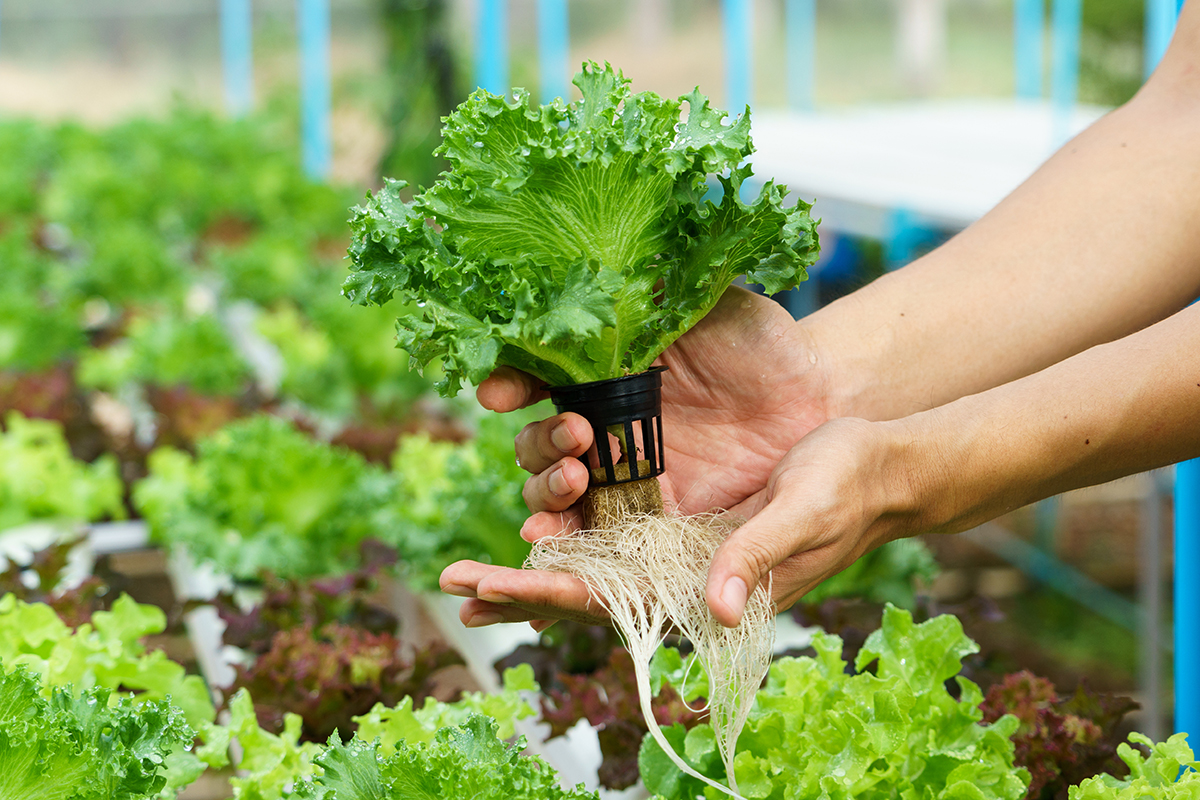Select Your Country/Region
Current Region:
 USA (EN)
USA (EN)
Choose a different country or region to see the content specific to your location
Hydroponic systems are known for being very water-efficient. They often use up to 90% less water than traditional farming. This is due to their design that allows for water reuse.
The actual water usage depends on several factors. These include the type of crop, the hydroponic system design, environmental conditions, and the plant's growth stage.

Different types of plants have varying water and water flow requirements, and these needs change during their growth cycle.
Here’s a closer look at a few common categories grown in water-based systems in the United States:
Seedling Stage (Weeks 0–2):
Vegetative Stage (Weeks 3–5):
Mature Stage (Weeks 6–8 and beyond):
Seedling Stage (Weeks 0–2):
Vegetative Stage (Weeks 3–5):
Fruiting Stage (Weeks 6–10 and beyond):
Seedling Stage:
Vegetative to Mature Stages:
Even in a closed-loop system, some water is lost. This happens through evaporation from the reservoirs and transpiration from the plants. These losses typically account for about 5–10% of the total water cycled through the system per day.
In the United States, indoor and greenhouse operations may experience varying water needs depending on ambient temperature and humidity. For example, in summer or warmer areas, evaporation rates can go up. This may slightly increase the need for water.
Many U.S. hydroponic operations employ sensors and automated control systems to monitor moisture levels in real time. This lets growers change water delivery based on the plant's growth stage and weather. This helps reduce waste.
Using less water not only saves money but also helps sustainable farming. This is especially important in areas with water shortages or strict environmental rules.
Hydroponic systems in the United States typically use water efficiently. For example, leafy greens may need 200 to 800 mL of water per plant each day. In contrast, fruiting crops like tomatoes and peppers might require 1 to over 2 liters per plant daily during peak times. With water reuse and careful monitoring, actual water losses are minimized, making hydroponics an attractive, sustainable alternative to traditional soil-based agriculture.